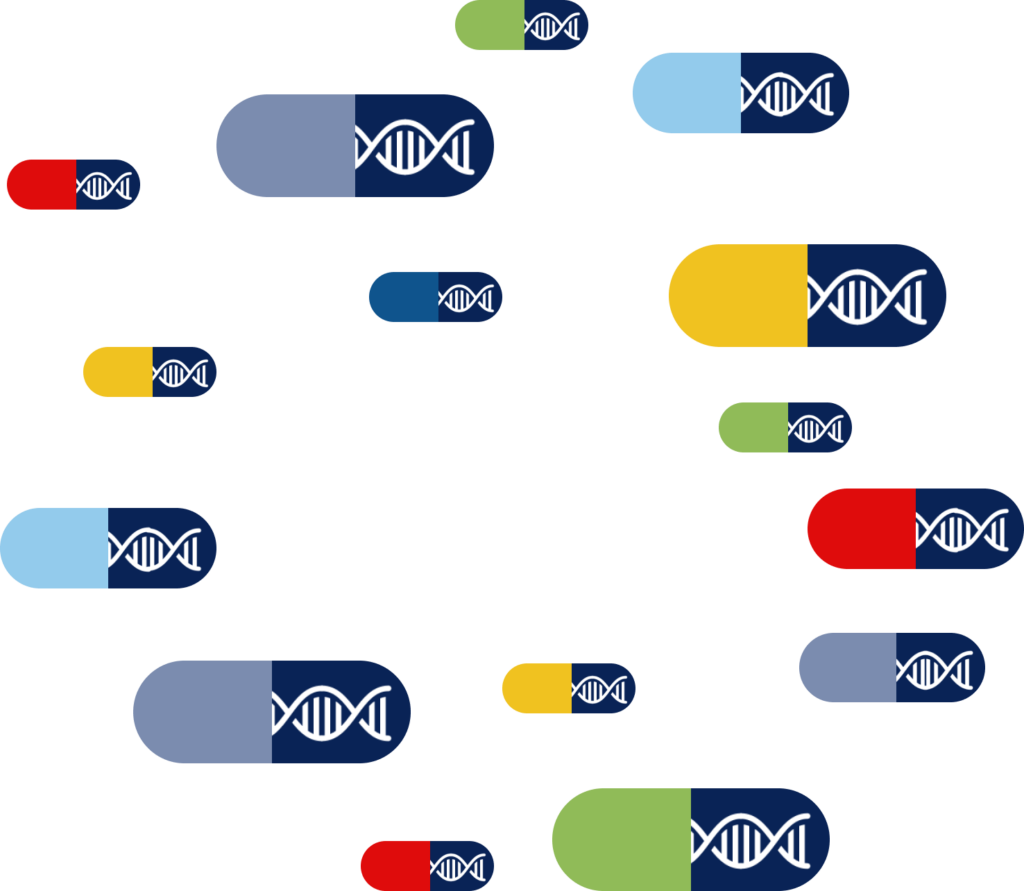Hello mRNA
With the world’s first mRNA programming language, Strand Therapeutics is realizing the true potential of gene therapy. Our approach overcomes the barriers of traditional mRNA and enables us to tackle a wide spectrum of targets ranging from allosteric proteins to protein-protein complexes, and nucleic acid protein complexes to membrane proteins.
Strand platform in action
Our design engine generates industry-leading proprietary mRNA platforms
Tissue Specifications
Tumor, T-Cell …
Automated, Modular Combination & Synthesis
Encoded Protein Therapeutics
Cargo Sequence Optimization
Endless Drug Possibilities
Strand Platform in Action
Our design engine generates industry-leading proprietary mRNA platforms
Tissue Specifications
Tumor, T-Cell …


Encoded Protein Therapeutics


Cargo Sequence Optimization

Automated, Modular Combination & Synthesis


Endless Drug Possibilities
Our proprietary platform combines breakthrough technologies across synthetic biology, engineering, and chemistry.
Strand’s mRNA constructs combine genes for self-replication derived from RNA viruses with genetically programmed logic circuits that control the location, timing, and intensity of expression of therapeutic proteins within the patient’s body, enabling precise and controlled delivery. Such genetic programming enables Strand’s mRNAs, for instance, to sense and implement cell-type specific expression by sensing and classifying the unique micro RNA expression signatures of cells.
The mRNAs do this by sensing different patterns of signals inside different cells. If they sense they are inside the right kind of cells (target cells), they will follow their programming to translate the therapeutic protein they are encoding to treat the disease in the target cells. If the mRNAs sense that they are in the wrong kinds of cells (off-target cells), they cleave themselves and are degraded by the off-target cells.
We are improving the efficacy, safety, and ease of delivery of treatments for previously incurable diseases through the development of long-acting, programmable mRNA-based therapeutics.
Strand’s expertise and capabilities across a wide range of mRNA modalities (including modified, self-replicating, and circular mRNA) enables a very broad platform approach to multiple therapeutic areas
Our initial focus is in oncology, with our solid tumor treatment program based on self-replicating programmable mRNAs that are engineered to treat cancer through a cascade of immune system responses.
Our technology and capabilities allow us to rapidly expand into increasingly sophisticated programmable mRNA therapeutics, adding new capabilities to each subsequent generation of product. Strand is also developing programmable mRNA for the generation of cell therapies capable of greatly expanding patient access to the technology in a cost-effective, re-doseable, off-the-shelf form.
Key technical capabilities in-house
World-class mRNA manufacturing:
- in-house process and analytical development
- unsurpassed quality of full-length next-gen mRNA molecules
- GMP production of mRNA/LNPs (currently done at CMO)
mRNA programming:
- replicon for on-target payload amplification
- mRNA sequence engineering
- miRNA sensor circuits for cell-type specificity

